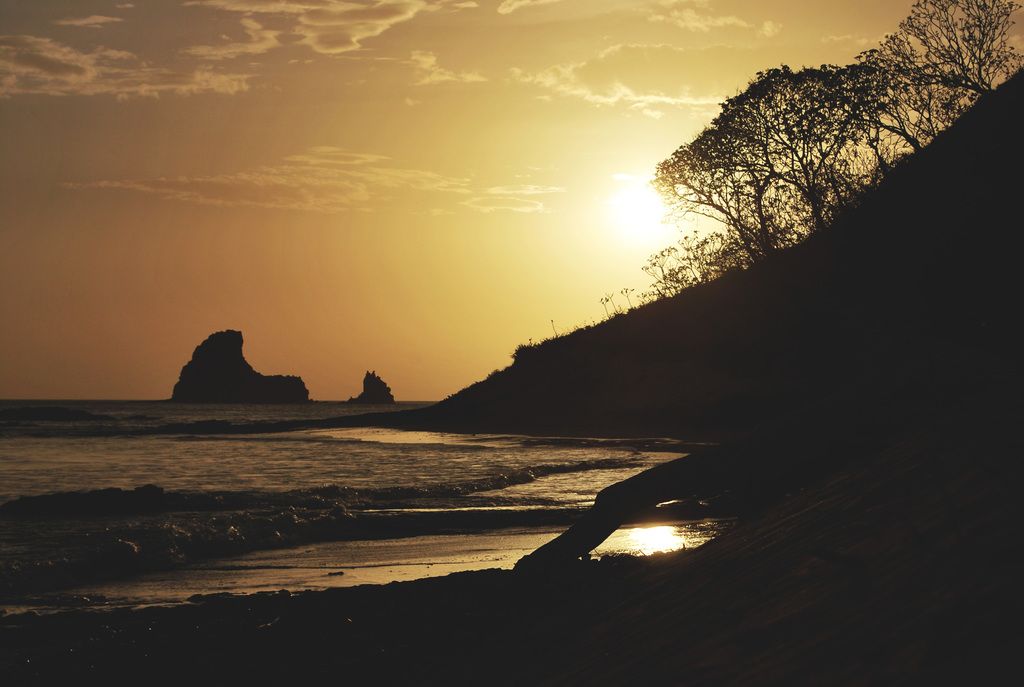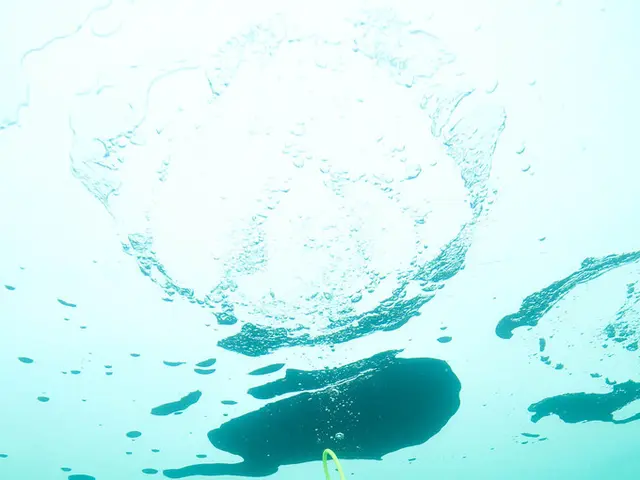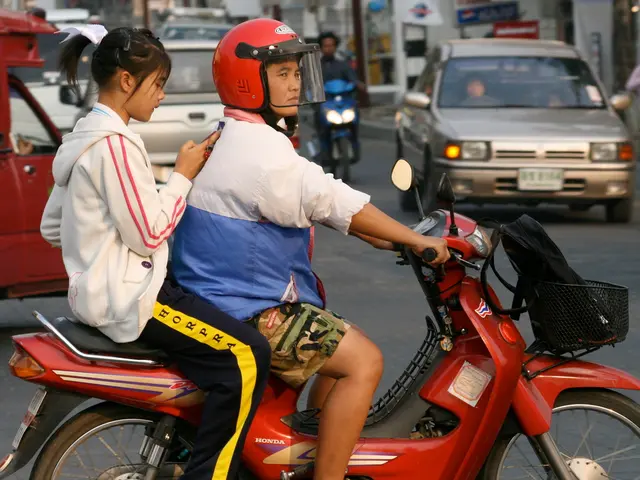Soaring High with Drones on Mount Everest
Drones become dominant in cargo transportation on Mount Everest
Kathmandu (dpa) - Drones are proving indispensable in the Himalayas, aiding film shoots, research, and mayday missions, just as they do in other high-altitude mountains. On the 8,849-meter-high Mount Everest, these uncrewed aerial vehicles (UAVs) are now transforming the game, with uses ranging from waste removal, cargo transport, to creating safer climbing conditions for Sherpa guides and porters.
Raj Bikram Maharjan, CEO of Airlift Technology, explains their essential role: "Our drones carry ladders, tents, ropes, and oxygen bottles. Work that used to take Sherpas seven hours now takes seven minutes. It's much easier."
China-developed cargo drones of the FlyCart 30 model fly between the base camp and Camp 1, located above 6,000 meters, lending a hand to the Sherpa teams that help hundreds of climbers from around the globe each year on their costly attempt to reach the summit of Everest. Reducing the number of trips through the treacherous Khumbu Icefall, these drones significantly increase safety for climbers, reducing their exposure to the icy towers and crevasses above the base camp.
Enhanced Transport and Efficiency
The advantage of using drones is their ability to quickly and efficiently transport essential gear, making the Sherpa teams' work easier while minimizing risks. The drones in use can transport up to 40 kg of cargo for nine minutes if ensured by a battery and 30 kg in 18 minutes with two batteries. However, performance may decrease at higher altitudes, and drone deployments continue to increase.
Last year, the drones already transported oxygen bottles to Camp 1 and returned with waste, while this year, they were used to map the Khumbu Icefall and find new routes. "We can now create a 3D mapping to find out where crevasses are, and how deep they are," says Maharjan. This technology has the potential to revolutionize climbing mountaineering on Everest, with the possibility of expanding its use in the future.
Safer Climbing Conditions and Conservation Efforts
While drones undeniably offer numerous benefits, there is concern that their increased usage might negatively impact employment for Sherpas. Maharjan addresses these concerns, sharing, "The Sherpas are happy about it. Due to the natural dangers, many do not want to work in the Khumbu Icefall. They are glad that the work can be done by drones."
The municipality of Khumbu Pasang Lhamu and the Chinese manufacturer DJI support drone operations, ensuring the route through the Khumbu Glacier remains passable and waste is removed from Mount Everest and Ama Dablam. Since the pilot project, they have successfully removed hundreds of kilograms of waste from Everest.
Looking Ahead
Small expedition organizers may be deterred by the high costs associated with acquiring drones, currently around $50,000 per drone. However, Maharjan predicts a drone boom on Everest and throughout the Himalayas, insisting that they have a promising future for high-altitude mountaineering. German mountaineer Jost Kobusch shares this sentiment, regarding drones as an intriguing alternative option to helicopters, which are a common source of disturbance in the Everest region.
| Function | Role of Drones | Benefit to Sherpas/Porters ||----------------------|---------------------------------------|-------------------------------------|| Cargo Transport | Deliver ladders, ropes, O₂ to Camp 1 | Lessens manual carrying in Icefall || Waste Removal | Fly trash from Camp 1 to Base Camp | Reduces risks for Sherpas || Route Maintenance | Assists Icefall Doctors with supplies | Safer route setup and maintenance || Mapping | Identify and avoid dangerous crevasses | Improves climbing efficiency and safety |
As drone technology continues to evolve, it's evident that their presence and ongoing development on Mount Everest will significantly advance climbing conditions, enhance safety measures, and aid environmental conservation efforts, marking a promising new chapter in high-altitude mountaineering.
Drones not only help in transporting essential cargo, such as ladders, tents, ropes, and oxygen bottles, reducing manual labor for Sherpa guides and porters, but they also participate in waste removal from the mountain, ensuring a safer and cleaner environment. As technology improves, drones are poised to revolutionize mountaineering on Everest, offering benefits like mapping dangerous crevasses and maintaining routes for better climbing conditions.








